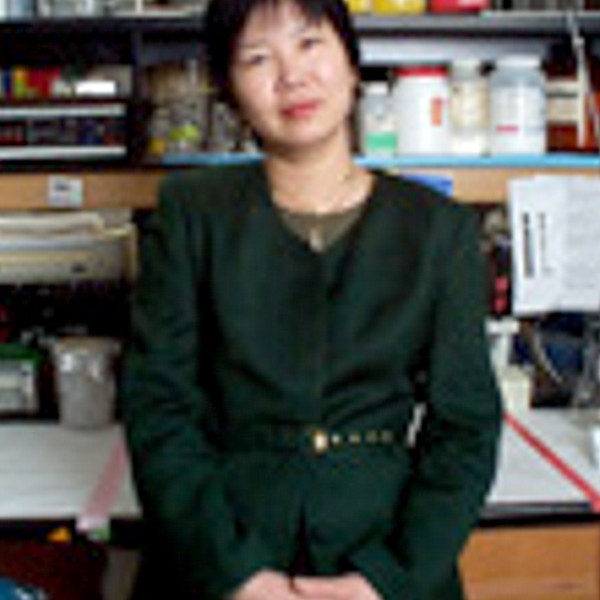Main Second Level Navigation
K. Sandy Pang
PhD

Our laboratory examines the basic mechanisms underlying drug removal within elimination organs. In key organs: intestine, liver, and kidney, we have identified the factors as transporters and enzymes, binding as well as blood flow that greatly modulate the sojourns of drugs and metabolites. Next, is the rate-limiting factor, namely the slowest process that rate-limit the overall eliminatory process. We further recognize that attendant heterogeneities of transporters and drug metabolizing enzymes influence uptake and removal events. We conduct transport studies with purified protein(s) from transfected cDNAs in expression systems, cell culture, zonal cells (isolated rat hepatocytes or enterocytes from intestinal segmental regions), and with the vascularly perfused rat small intestine, liver and kidney preparations. We are among a few laboratories that integrate the experimental findings in vitro to the whole organ and in vivo quantitatively by mathematical modeling. These models have allowed us to understand kinetic differences between the metabolite generated in situ the eliminating organ vs. that of the administered preformed) metabolite species. Recently, we have focused on the role of the vitamin D receptor on the regulation of transporters and enzymes. The modeling concepts learnt from animals are readily extended to humans in discerning the importance of transporters and drug metabolizing enzymes in first pass metabolism and oral drug absorption.
Selected Publications
Sun H, Pang KS. Permeability, transport, and metabolism of solutes in Caco-2 cell monolayers: a theoretical study. Drug Metab Dispos. 2008; 36:102-23.
Pang KS, Weiss M, Macheras P. Advanced pharmacokinetic models based on organ clearance, circulatory, and fractal concepts. AAPS J. 2007; 9(2):E268-83. Review.
Liu L, Sun H, Valji WY, Pang KS. Transporters, enzymes, and enalapril removal in a rat (CC531-induced) liver metastatic model. Am J Physiol Gastrointest. 2007; 293:G1078-88.
Sun H, Liu L, Pang KS. Increased estrogen sulfation of estradiol 17beta-D-glucuronide in metastatic tumor rat livers. J Pharmacol Exp Ther. 2006; 319:818-31.
Liu L, Pang KS. An integrated approach to model hepatic drug clearance. Eur J Pharm Sci. 2006 Nov;29(3-4):215-30. Epub 2006 May 22. Review.
Liu S, Tam D, Chen X, Pang KS. P-glycoprotein and an unstirred water layer barring digoxin absorption in the vascularly perfused rat small intestine preparation: induction studies with pregnenolone-16alpha-carbonitrile. Drug Metab Dispos. 2006; 34:1468-79.
Liu L, Cui Y, Chung AY, Shitara Y, Sugiyama Y, Keppler D, Pang KS. Vectorial transport of enalapril by Oatp1a1/Mrp2 and OATP1B1 and OATP1B3/MRP2 in rat and human livers. J Pharmacol Exp Ther. 2006; 318:395-402.
Chen X, Chen F, Liu S, Glaeser H, Dawson PA, Hofmann AF, Kim RB, Shneider BL, Pang KS. Transactivation of rat apical sodium-dependent bile acid transporter and increased bile acid transport by 1alpha,25-dihydroxyvitamin D3 via the vitamin D receptor. Mol Pharmacol. 2006; 69:1913-23.
